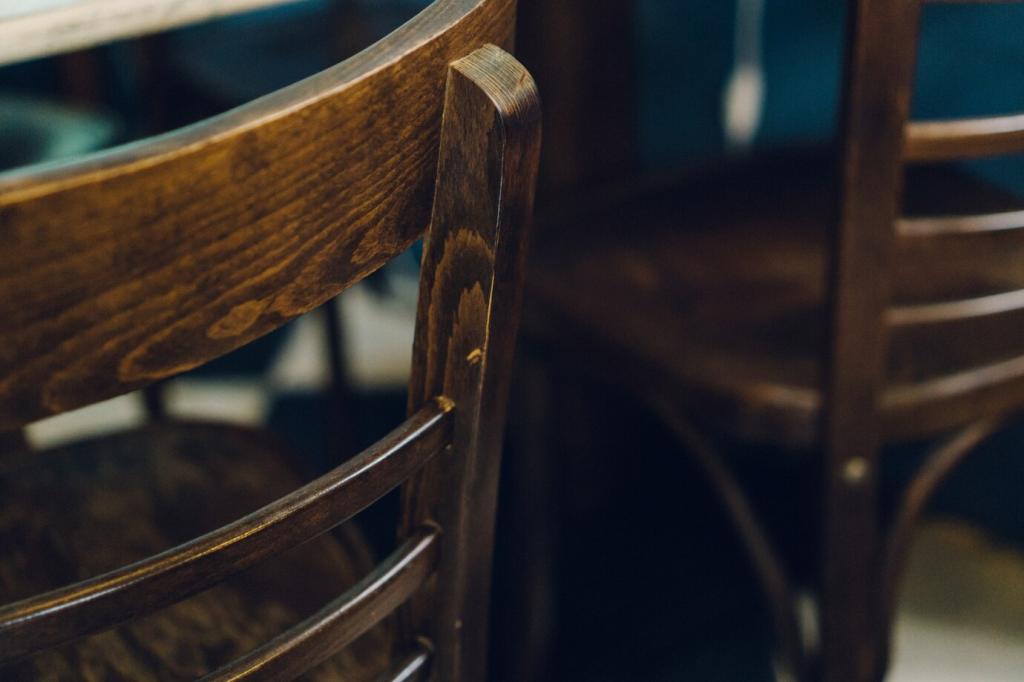
Preventing Warping and Cracking in Wood: Build Stable, Lasting Pieces
Chosen theme: Preventing Warping and Cracking in Wood. Welcome to a craftsman’s guide for keeping boards flat, joints tight, and surfaces silky smooth across seasons. Learn practical methods, hear real shop stories, and share your experiences so we can all keep our projects stress-free and standing tall.
Understanding Wood Movement and Moisture
Every board seeks equilibrium moisture content relative to ambient humidity. When humidity drops, wood shrinks; when it rises, wood swells. Know this dance, and design clearances accordingly to prevent cracks, splits, and that dreaded seasonal rattle.
Understanding Wood Movement and Moisture
A reliable moisture meter turns guesswork into data. Check incoming lumber, verify acclimation, and record readings in a shop log. Consistent numbers reduce surprises like panel gaps, end checks, or a tabletop twisting overnight after glue-up.
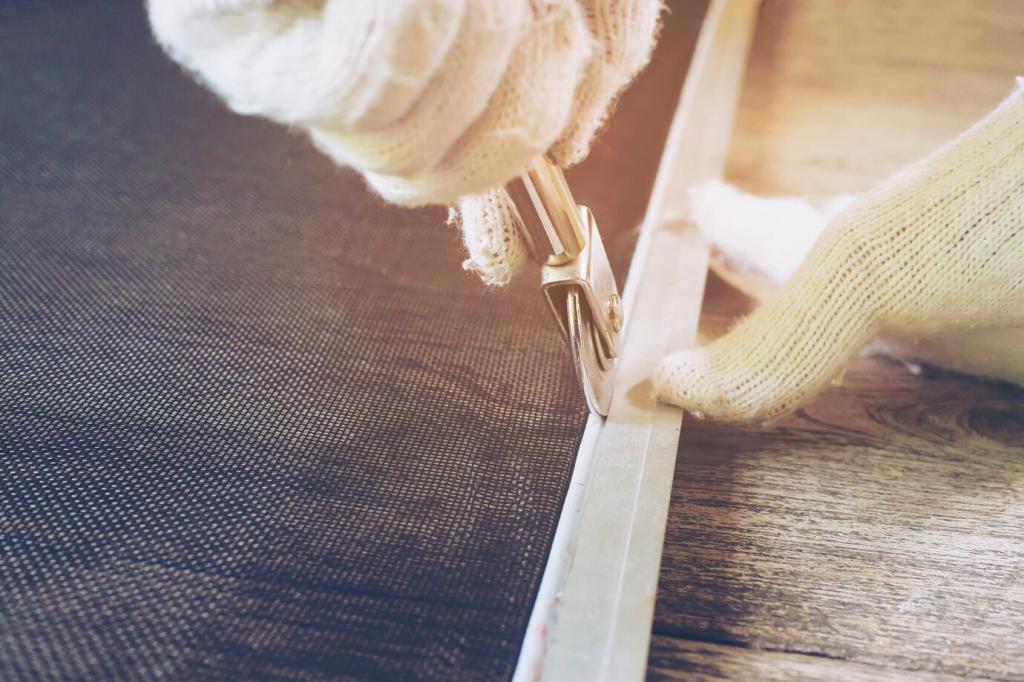
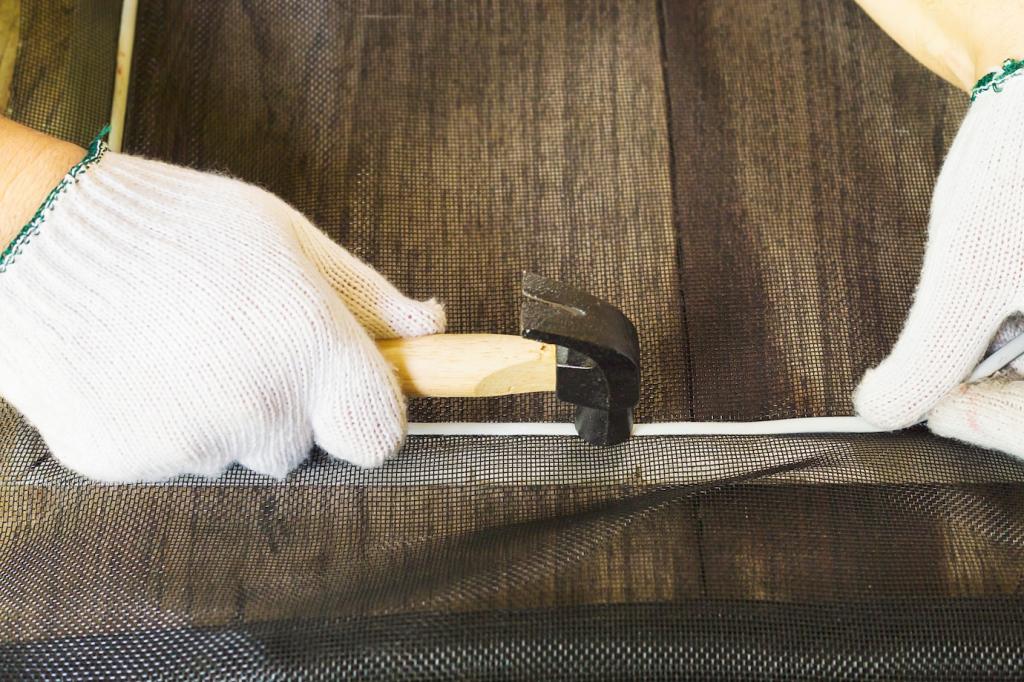
Selecting the Right Lumber for Stability
Quarter-sawn boards move less across their width and resist cupping. They cost more, but the straighter, vertical grain pays dividends in doors, drawer fronts, and table tops where seasonal movement can otherwise become dramatic.
Selecting the Right Lumber for Stability
White oak shrinks differently than hard maple, and walnut is kinder than hickory under swings in humidity. Learn species-specific movement values and cracking tendencies so your design respects each wood’s temperament throughout the year.
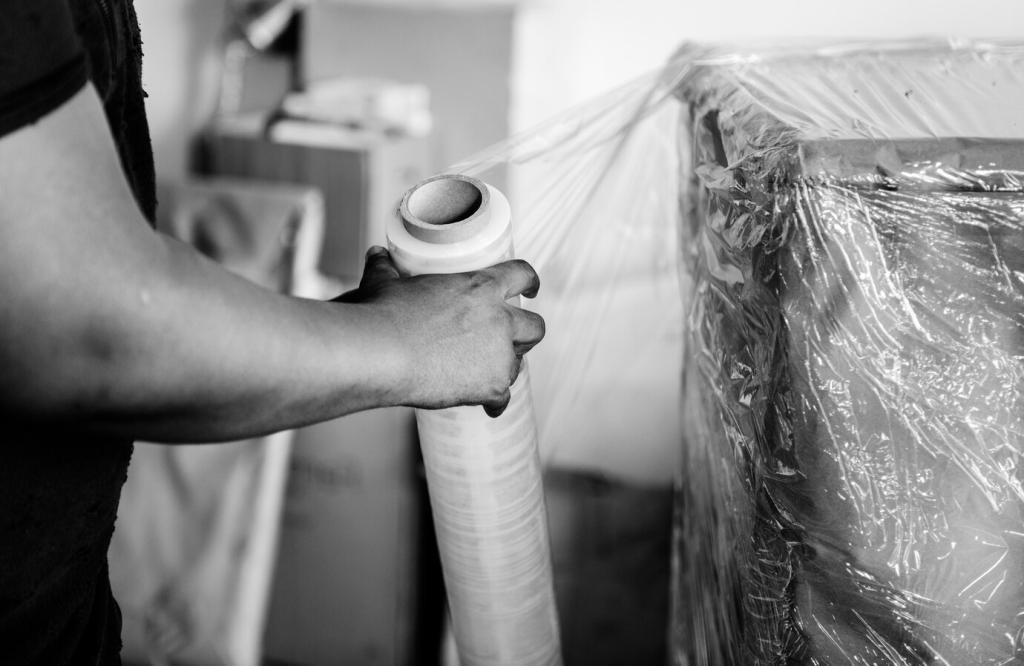
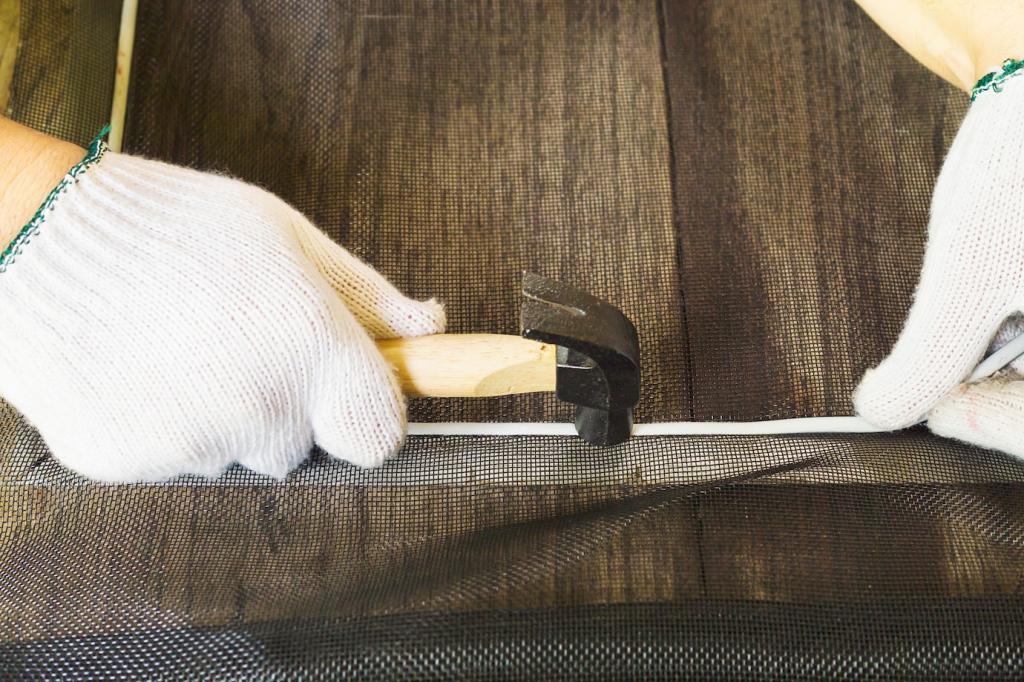
Acclimation and Storage: Stability Before the First Cut
Space sticks between layers for even airflow, keep stacks off concrete, and align stickers to prevent internal stress. Good stacking reduces hidden moisture pockets that lead to cupping, twist, and alarming end checks later on.
Designing for Movement: Joinery That Prevents Cracks
Breadboard ends lock a panel flat while allowing cross-grain movement. Proper mortise-and-tenon proportions, elongated peg holes, and a fixed central tenon control expansion so edges stay crisp without splitting through seasonal changes.
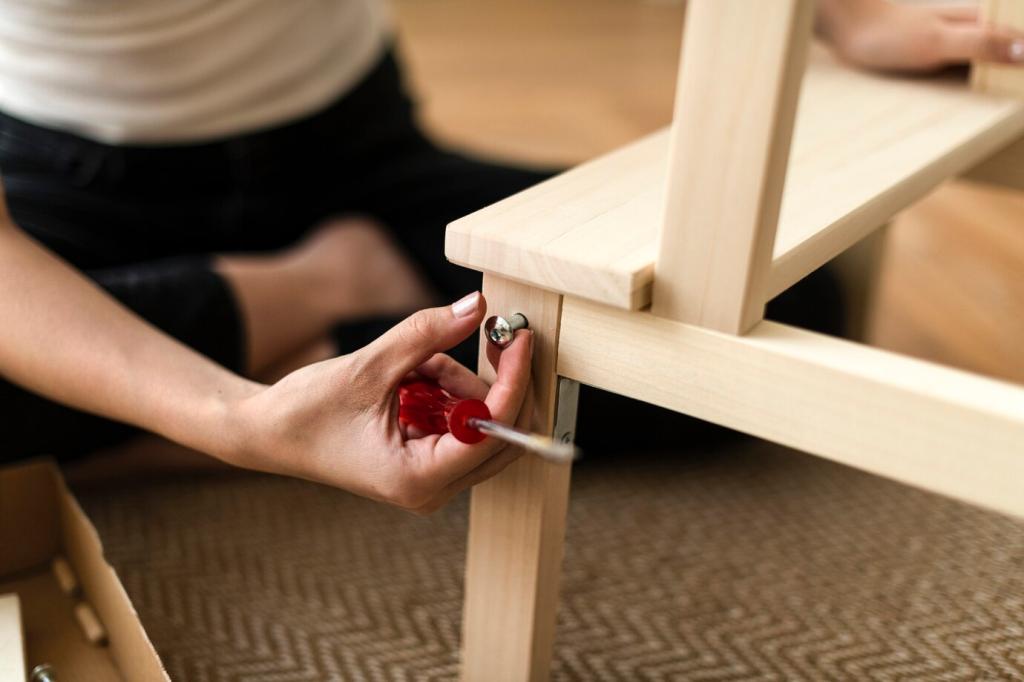
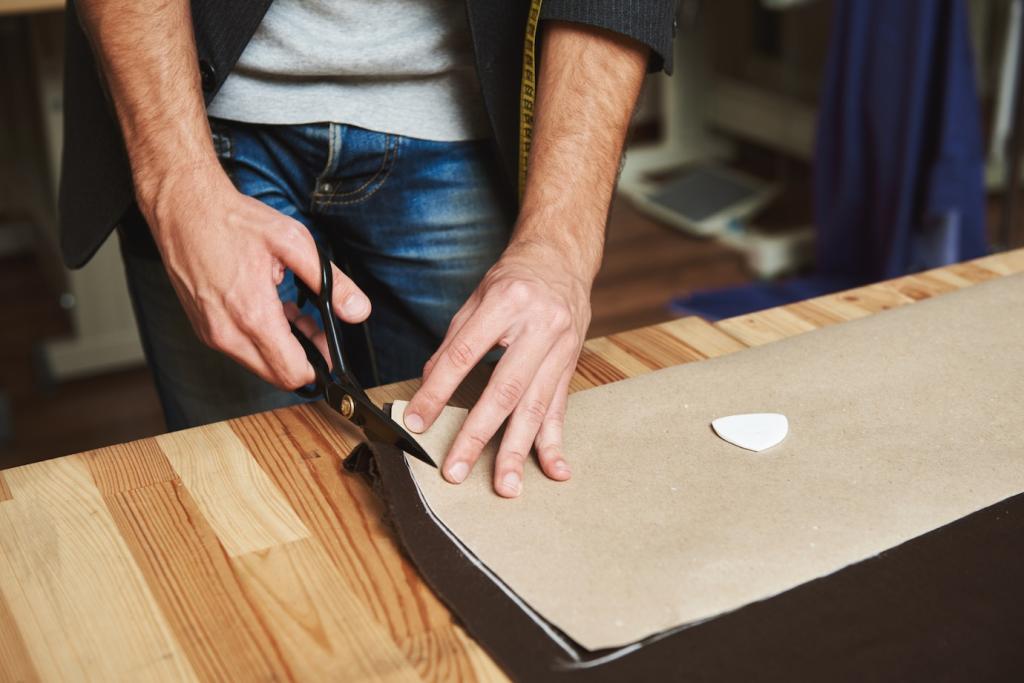
Orient Growth Rings to Balance Stress
Alternate growth ring orientation in panel glue-ups to distribute internal tension. Joint edges square, remove mill glaze, and dry-fit first. Balanced boards cooperate, reducing the urge to cup or twist after the clamps come off.
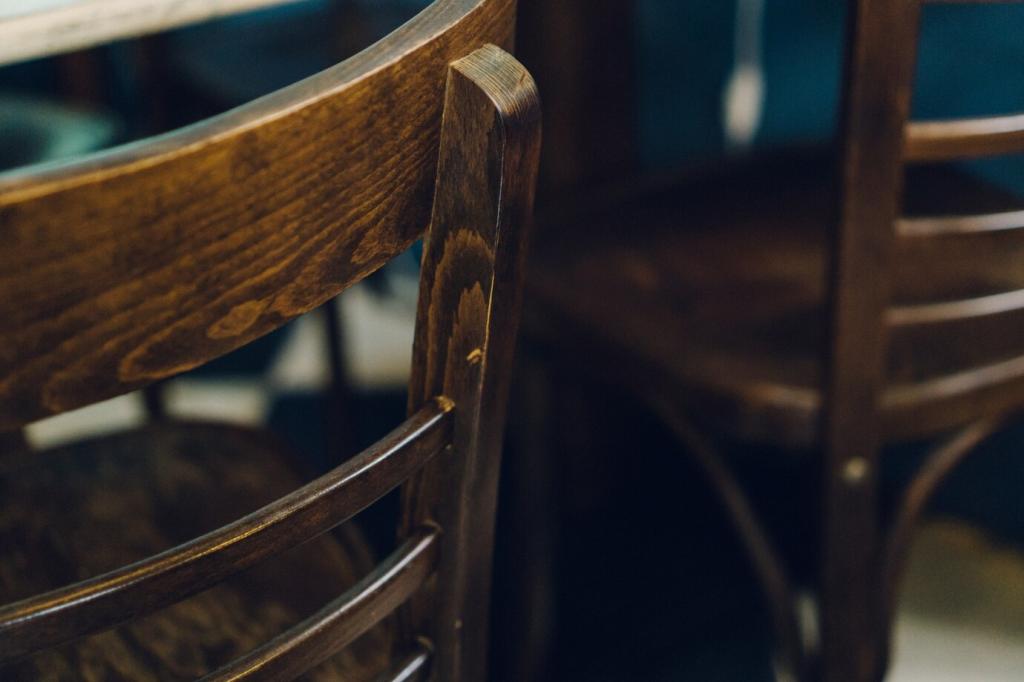
Adhesive Choices and Clamp Strategy
Use a fresh PVA or appropriate epoxy, spread glue evenly, and apply moderate, aligned clamp pressure. Add cauls to keep things flat. Overclamping can starve the joint; even pressure avoids spring-back and preserves panel stability.
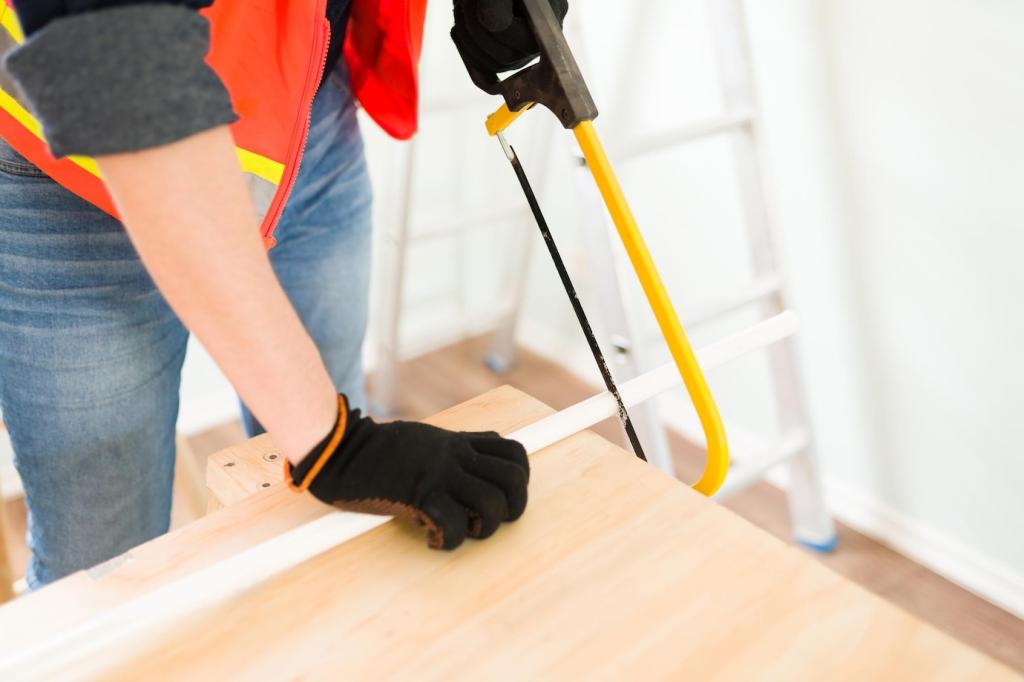

Finishing and Care: Protecting Against Rapid Moisture Swings
Finish every surface equally, including undersides and inside faces. Uneven sealing invites warping as one face exchanges moisture faster. Balanced protection keeps panels calm and joints aligned through humid summers and dry winters.
Finishing and Care: Protecting Against Rapid Moisture Swings
Film finishes like varnish or lacquer slow exchange more than oils. Penetrating oils are beautiful but breathe. Choose the system intentionally, and recoat on schedule, so movement remains gradual and hairline cracks never find a foothold.
Outdoor Builds: Battling the Elements Without Cracks
01
Board Spacing and Drainage Save Decks
Provide adequate spacing for expansion and drainage, and crown boards to shed water. With airflow beneath and quick drying, boards resist cupping and checking that otherwise shows up after the first scorching summer.
02
Back-Priming, End-Sealing, and Rainscreens
Seal cut ends immediately, prime backsides of siding, and use rainscreen battens to ventilate. These layers speed drying while protecting faces, reducing deep cracks and splitting that start at fasteners and spread outward.
03
Fasteners That Flex With the Wood
Choose corrosion-resistant screws and allow slight movement in attachment points. Rigid fixings force stress into boards, while smart hardware choices let wood shift safely, preventing long end checks and noisy seasonal buckling.
Rescue and Repair: When Cracks and Warps Appear
If a panel shrank in dry air, tent it with a humidifier and monitor weight or moisture readings. Slow rehydration can close hairline cracks enough for a discreet fill and finish refresh without invasive surgery.
Rescue and Repair: When Cracks and Warps Appear
Strategic relief kerfs on the underside can tame cupping; splines or bowtie inlays bridge splits while adding beauty. Blend repairs thoughtfully so the piece gains character rather than looking like a panicked patch job.

